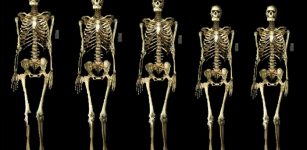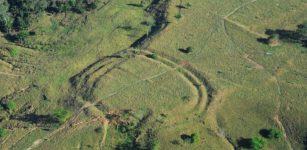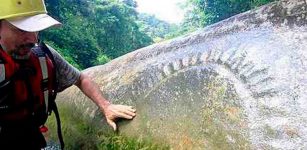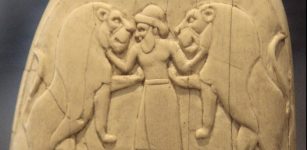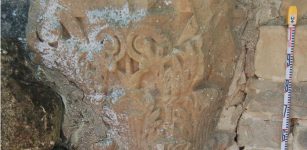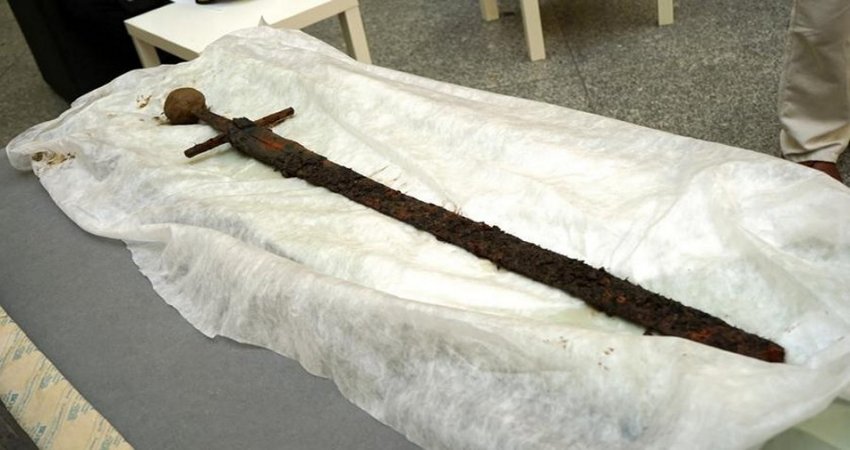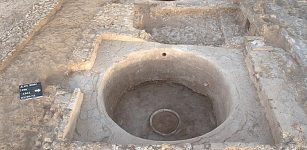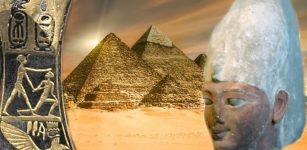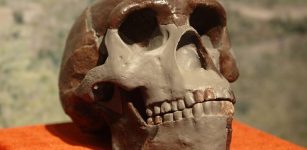2,000-Year-Old Measuring Table With Stone Weights Unearthed In Jerusalem
Conny Waters – MessageToEagle.com.com – A rare 2,000-year-old table-top that was used for measuring of liquid items such as wine and olive oil, has been unearthed with a number of stone weights. The artifacts indicate trading activity on the site.
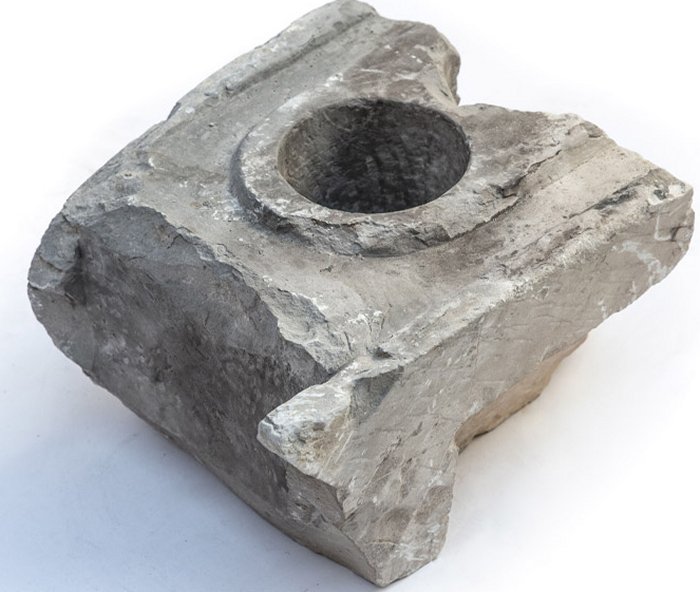
The site may have been the location of a major town square en route to the Second Temple 2,000 years ago.
“In a portion of the “standard of volumes” table uncovered in the City of David, we see two of the deep cavities remain, each with a drain at its bottom,” Prof. Ronny Reich, who is currently researching the recent discovery, said in a press release.
“The drain at the bottom could be plugged with a finger, filled with a liquid of some type, and once the finger was removed, the liquid could be drained into a container, therefore determining the volume of the container, using the measurement table as a uniform guideline. This way, traders could calibrate their measuring instruments using a uniform standard.”
“This is a rare find. Other stone artifacts were very popular in Jerusalem during the Second Temple, however, so far, excavations in Jerusalem have only uncovered two similar tables that were used for measuring volume – one during the 1970s in the Jewish Quarter excavations, and another in the Shu’afat excavations, in northern Jerusalem,” Reich added.
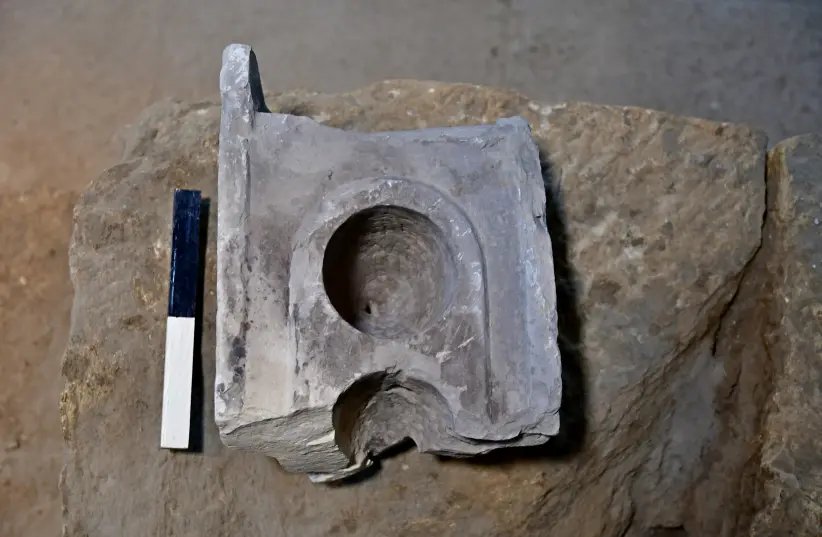
The stone-weights found at the site are of the type which was typically used in Jerusalem,” said archaeologist Ari Levi of the Israel Antiquities Authority, one of the directors of the excavation.
“The fact that there were city-specific weights at the site indicates the unique features of the economy and trade in Jerusalem during the Second Temple period, possibly due to the influence of the Temple itself.”
The stone scale-weights have a flat, round shape, and they are made in different sizes, representing different masses.
According to Reich, more than 90% of stone weights of this type date back to the Second Temple period, making them a unique Jerusalem phenomenon.
See also: More Archaeology News
IAA researchers Nahshon Szanton, Moran Hagbi, and Meidad Shor, who directed the excavations along the Pilgrimage Road on behalf of the Israel Antiquities Authority, uncovered a large, open paved area along the street leading up to the Second Temple.
It appears the area to have served as the main square of the lower city, which would likely have attracted trade activity in this part of the city.
“The volume standard table we’ve found, as well as the stone weights discovered nearby, support the theory that this was the site of vast trade activity, and perhaps this may indicate the existence of a market,” Ari Levi added.
Written by Conny Waters – MessageToEagle.com – AncientPages.com Staff Writer

